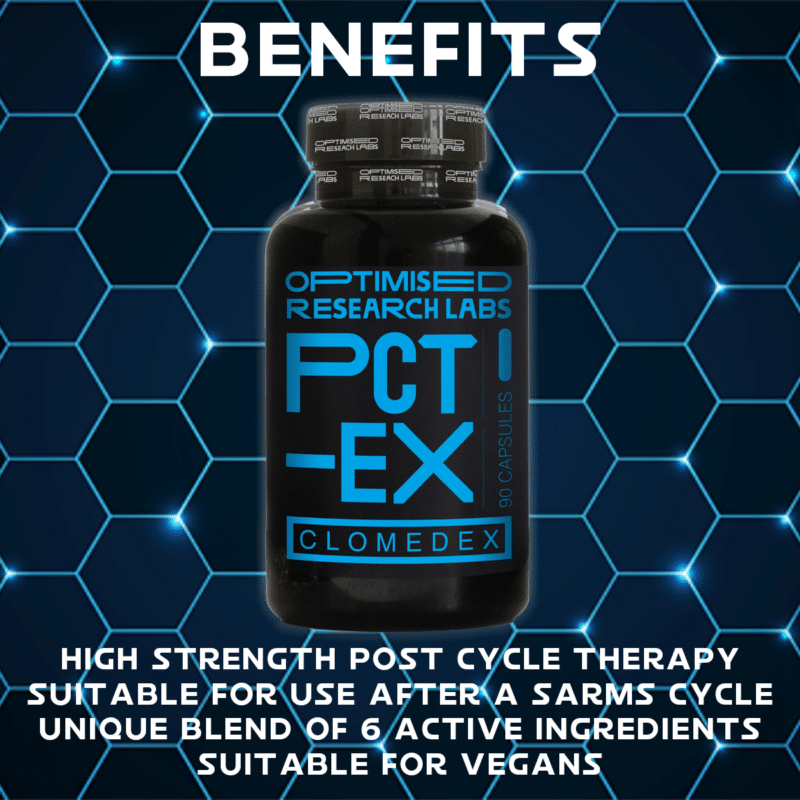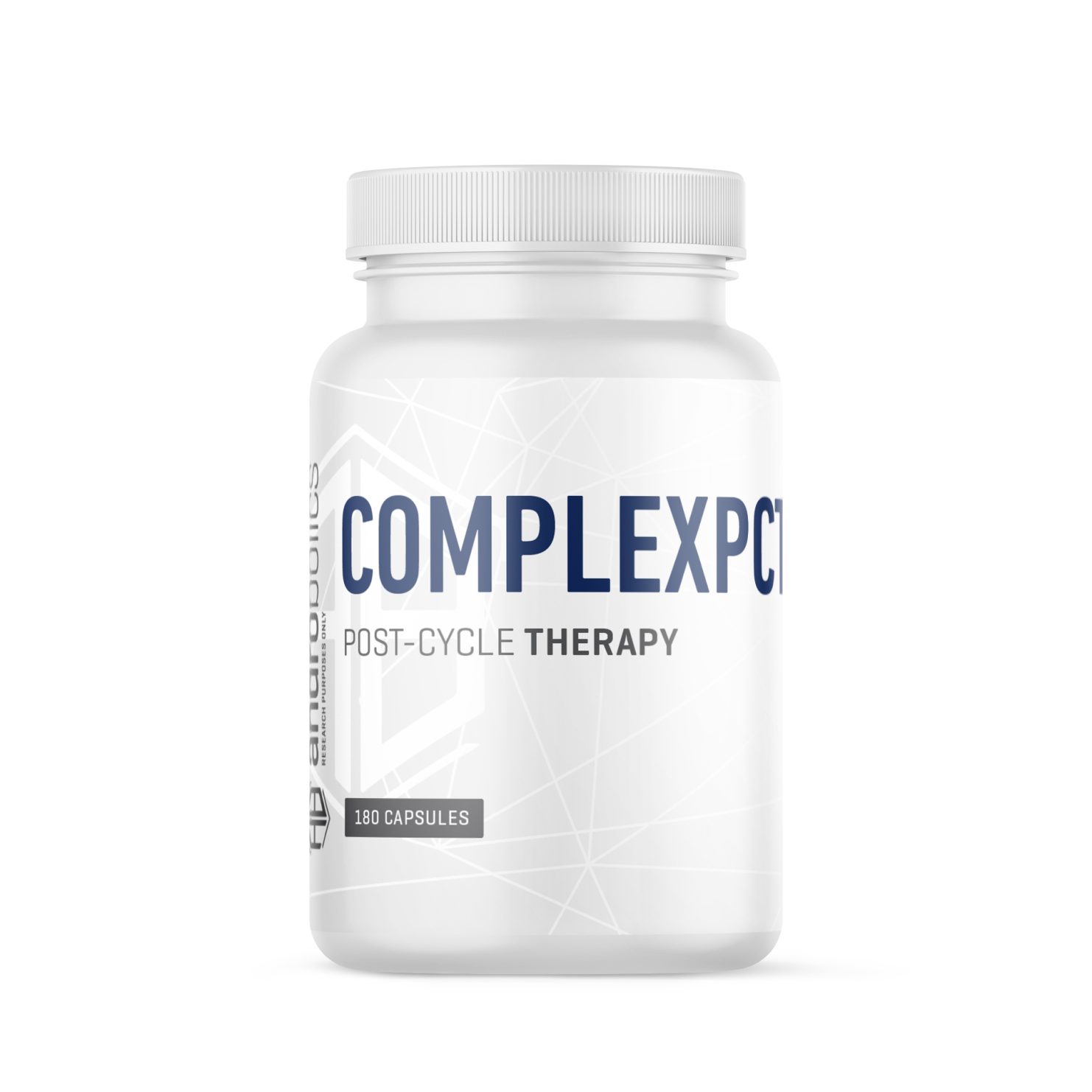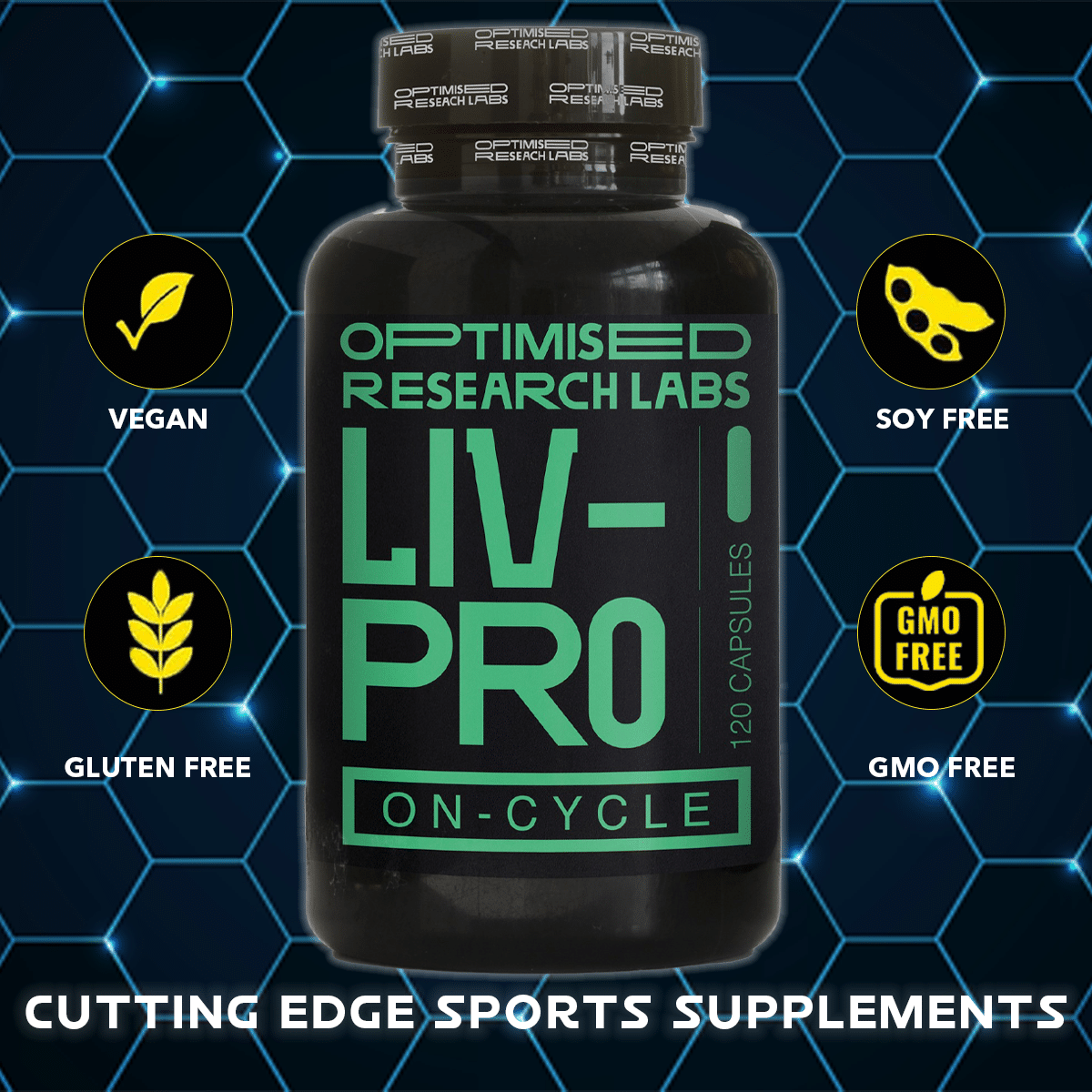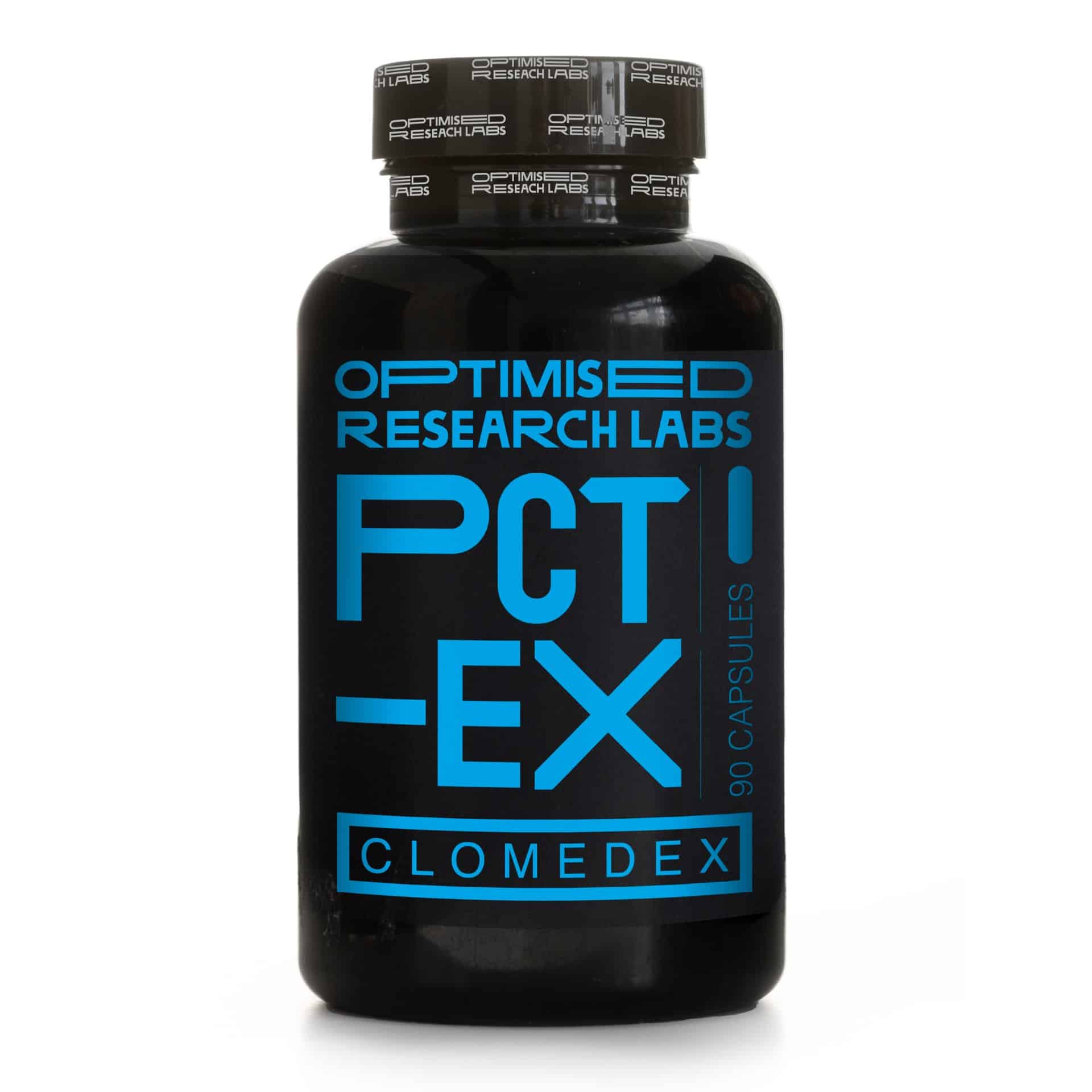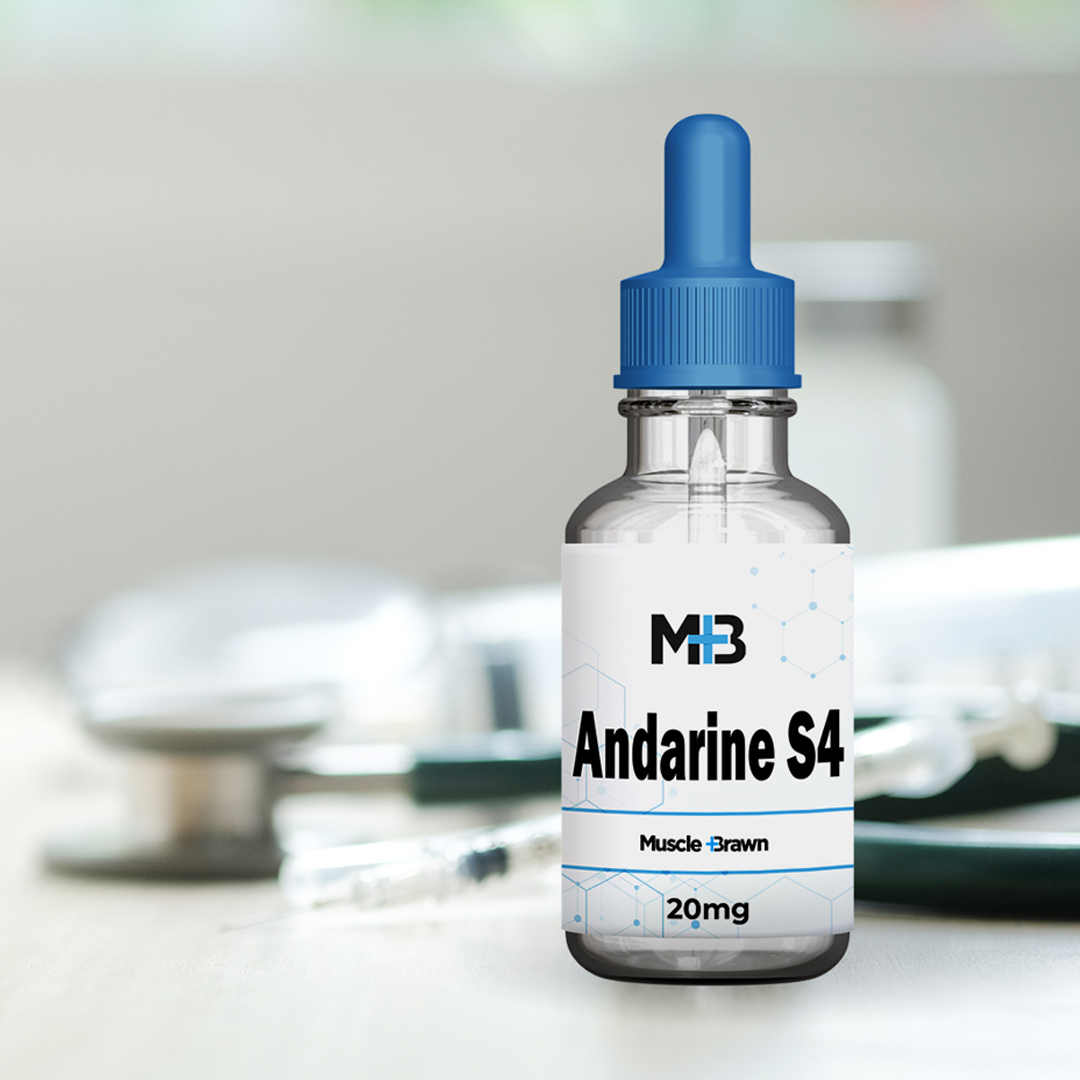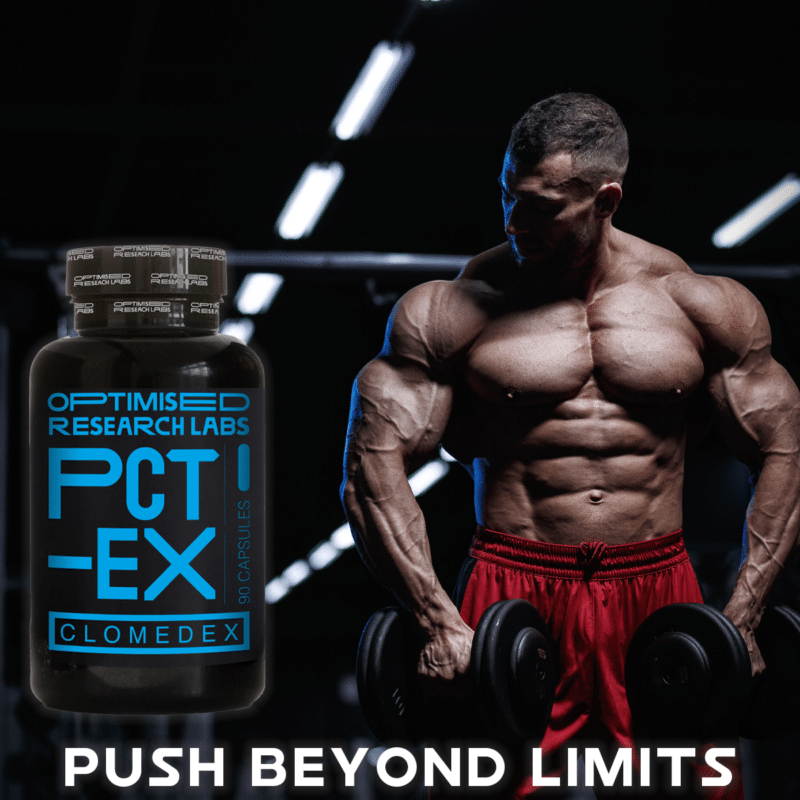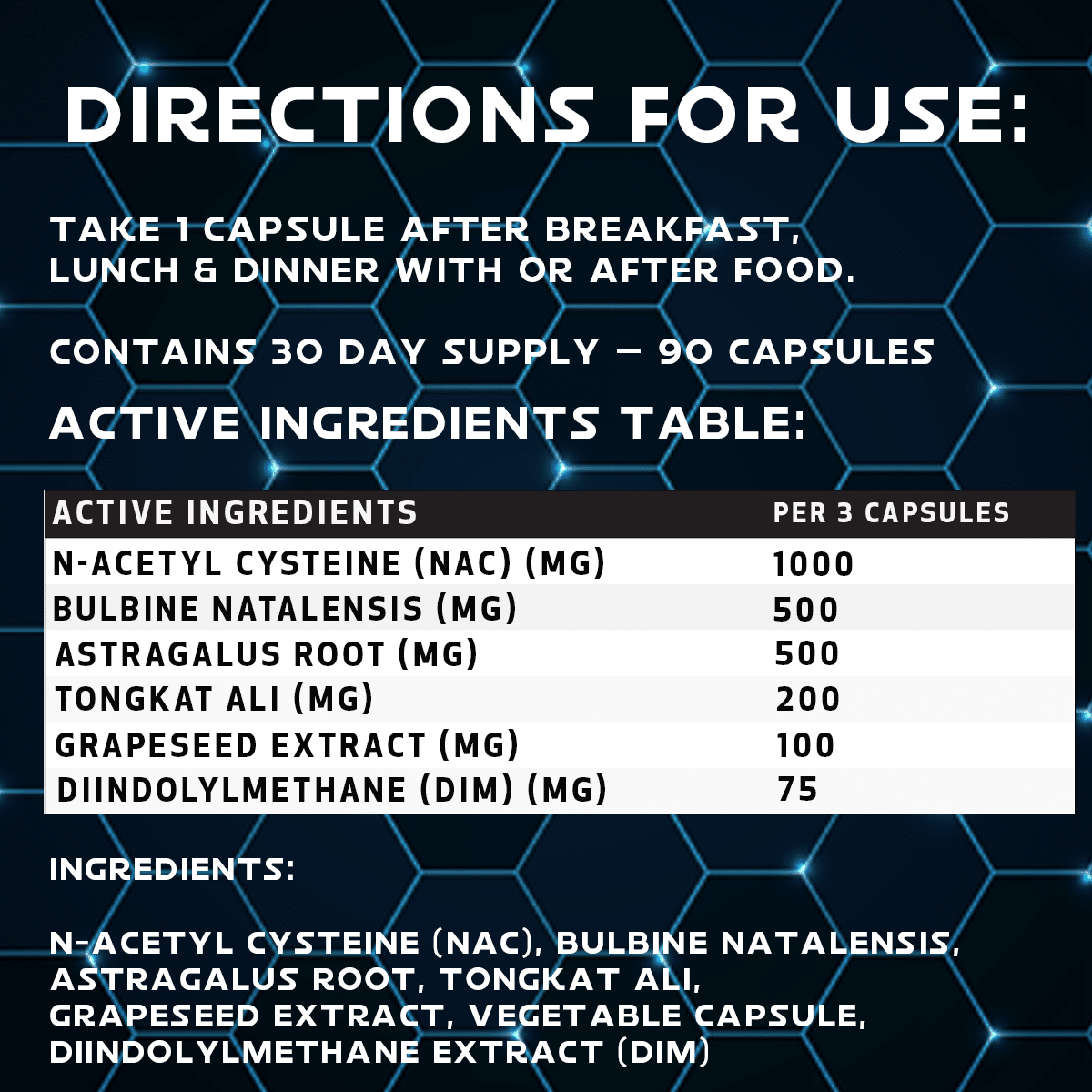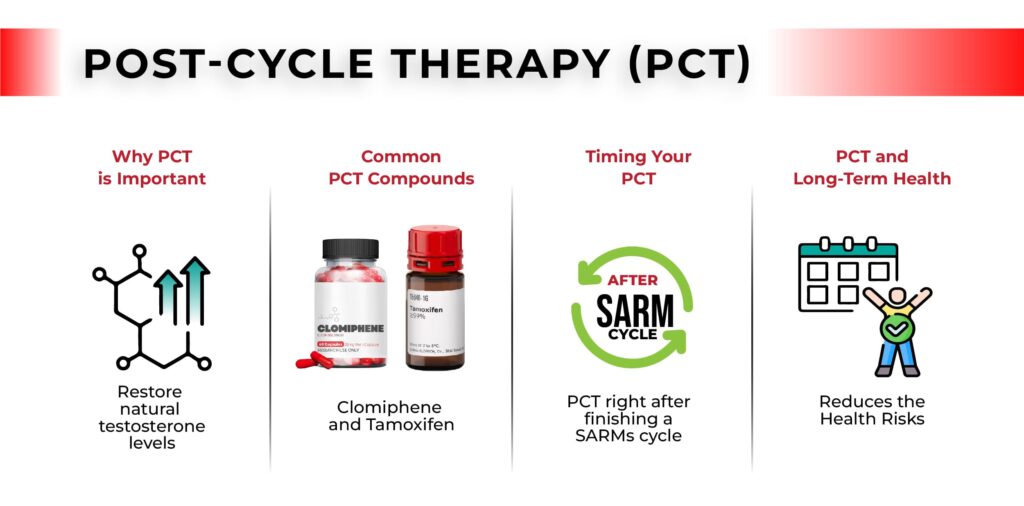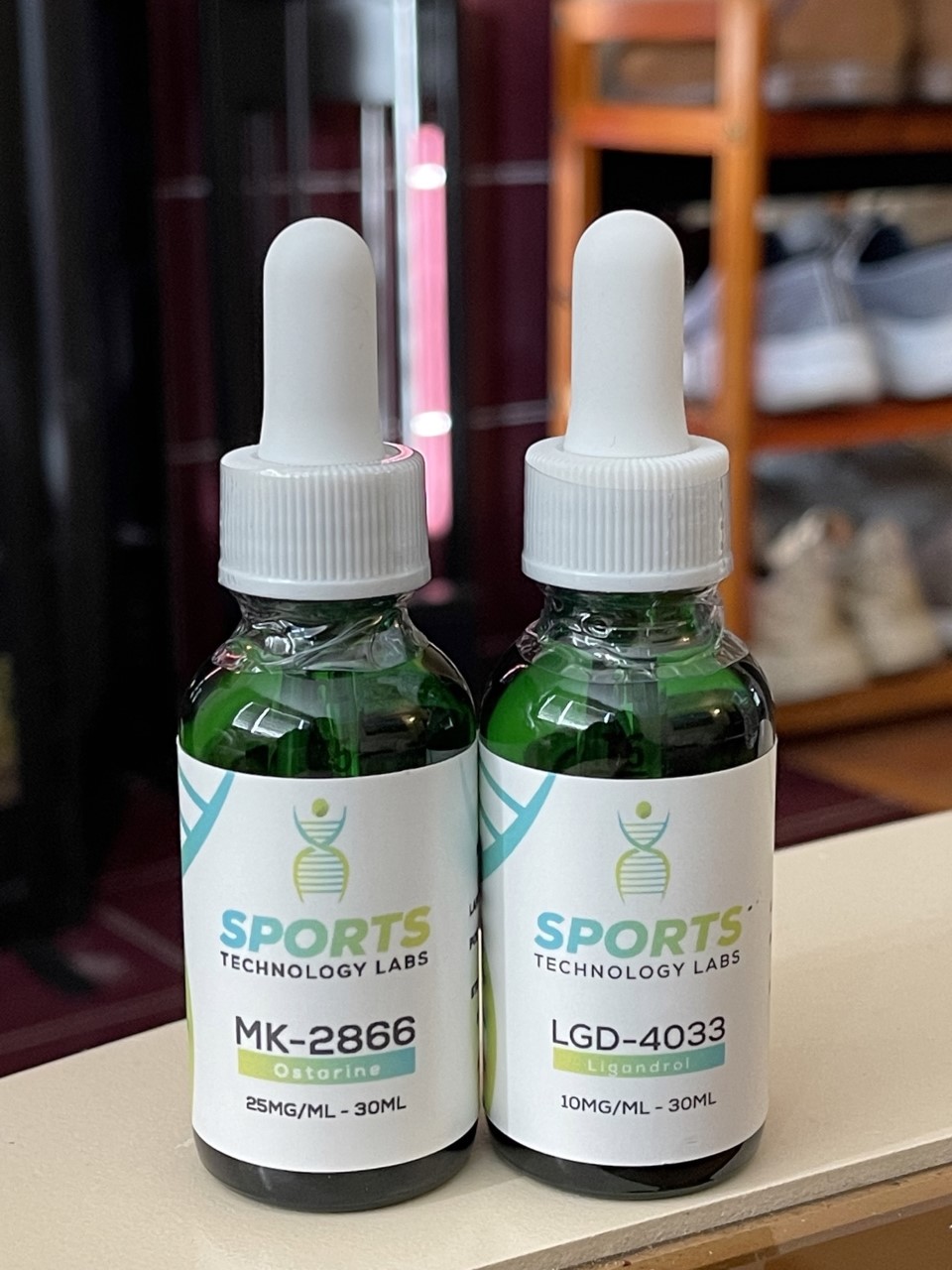Best Post Cycle Therapy For Sarms
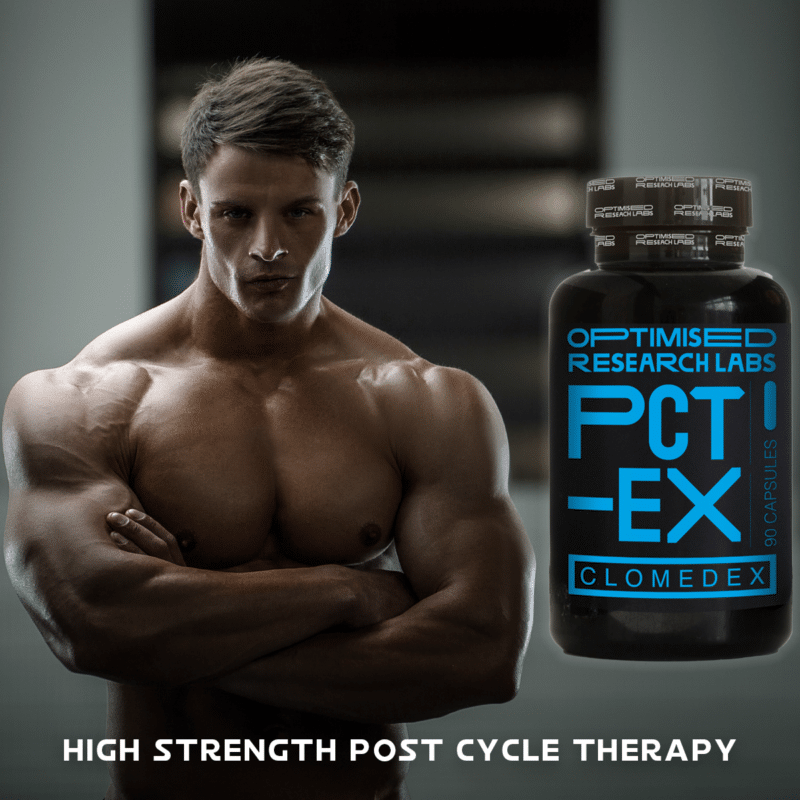
Imagine a vibrant gym, filled with the clanging of weights and the determined faces of individuals pursuing their fitness goals. Among them are those who've considered or experimented with SARMs, seeking that extra edge. But what happens after the cycle? The conversation shifts to a crucial, often overlooked aspect: Post Cycle Therapy (PCT).
This article delves into the world of PCT for SARMs, providing insights into its importance, common protocols, and alternative approaches. It aims to equip individuals with the knowledge to make informed decisions about their health and well-being after a SARM cycle.
Understanding SARMs and Their Effects
Selective Androgen Receptor Modulators, or SARMs, are a class of therapeutic compounds that have similar anabolic properties to anabolic steroids, but with reduced androgenic properties. They are designed to selectively bind to androgen receptors in muscle and bone tissue.
This selectivity theoretically leads to muscle growth and bone density improvements with fewer side effects compared to traditional steroids.
However, even with their selectivity, SARMs can still suppress the body's natural testosterone production. This suppression is the primary reason PCT becomes necessary.
The Need for Post Cycle Therapy
When SARMs are introduced, the body detects an excess of androgens. This leads to a decrease in the production of luteinizing hormone (LH) and follicle-stimulating hormone (FSH).
These hormones are crucial for stimulating testosterone production in the testes. Consequently, natural testosterone production diminishes, potentially leading to hormonal imbalances once the SARM cycle ends.
Symptoms of low testosterone can include fatigue, decreased libido, mood swings, and loss of muscle mass. PCT aims to restore hormonal balance and mitigate these adverse effects.
Common PCT Protocols
Several approaches exist for PCT, each with its own set of advantages and disadvantages. The choice of protocol often depends on the individual, the specific SARM used, the dosage, and the duration of the cycle.
Two commonly used medications in PCT are Selective Estrogen Receptor Modulators (SERMs) like Clomiphene (Clomid) and Tamoxifen (Nolvadex).
These SERMs work by blocking estrogen receptors in the hypothalamus and pituitary gland, which in turn stimulates the release of LH and FSH, thus boosting testosterone production.
Clomiphene (Clomid)
Clomid is a widely used SERM that effectively stimulates the release of gonadotropins. A typical Clomid PCT protocol might involve a starting dose of 50mg per day for the first two weeks, followed by 25mg per day for the subsequent two weeks.
However, individual needs may vary, and consulting with a healthcare professional is essential to determine the appropriate dosage and duration.
Tamoxifen (Nolvadex)
Nolvadex is another potent SERM that is often used in PCT. A common Nolvadex protocol might start with 40mg per day for the first two weeks, followed by 20mg per day for the next two weeks.
Like Clomid, the optimal dosage and duration of Nolvadex should be determined on a case-by-case basis, considering individual factors and under the guidance of a medical professional.
Other Considerations
In addition to SERMs, other supplements are sometimes incorporated into PCT protocols. These may include aromatase inhibitors (AIs) to further control estrogen levels, although their use should be carefully considered due to potential side effects and the potential to crash estrogen levels too low.
Other supportive supplements like D-Aspartic Acid (DAA), Tribulus Terrestris, and vitamins can also be included. However, their efficacy in significantly boosting testosterone levels is debated, and they should be viewed as supplementary rather than primary components of PCT.
Alternative and Natural Approaches
While SERMs are the most common and arguably most effective method for PCT, some individuals prefer to explore alternative or natural approaches. These methods often involve lifestyle adjustments and supplementation aimed at supporting the body's natural hormone production.
Prioritizing adequate sleep, managing stress levels, and maintaining a healthy diet rich in essential nutrients are fundamental for hormonal balance. Exercise, particularly resistance training, can also stimulate testosterone production.
Specific supplements like Ashwagandha, Tongkat Ali, and zinc are sometimes used for their potential to support testosterone levels. However, it's crucial to understand that the evidence supporting their effectiveness is often limited, and they may not be sufficient for restoring hormonal balance after a significant SARM cycle.
"While natural approaches may offer some support, they are unlikely to be as effective as SERMs in restoring hormonal balance after a SARM cycle. The degree of suppression varies among individuals, so careful monitoring is crucial." - Dr. Emily Carter, Endocrinologist
Importance of Blood Work and Monitoring
Before, during, and after a SARM cycle, regular blood work is essential. Blood tests can help assess baseline hormone levels, monitor the degree of suppression during the cycle, and evaluate the effectiveness of the PCT protocol.
Key markers to monitor include total and free testosterone, LH, FSH, estradiol (estrogen), and liver enzymes. These tests can provide valuable insights into the body's response to SARMs and PCT.
Based on the blood work results, adjustments to the PCT protocol can be made to optimize hormone restoration and minimize potential side effects.
Potential Risks and Side Effects
While PCT is intended to restore hormonal balance, it's important to be aware of potential risks and side effects associated with SERMs. Clomid and Nolvadex can cause side effects such as mood swings, visual disturbances, and gastrointestinal issues.
These side effects are usually mild and temporary, but in rare cases, they can be more severe. Individuals with pre-existing medical conditions should exercise caution and consult with a healthcare professional before starting PCT.
Misuse of SERMs or improper PCT protocols can also lead to adverse effects. It's crucial to follow recommended dosages and durations, and to seek guidance from a qualified medical professional.
The Importance of Professional Guidance
Navigating the world of SARMs and PCT can be complex and potentially risky. Seeking guidance from a healthcare professional is paramount. A doctor can assess individual health status, evaluate the risks and benefits of SARMs and PCT, and provide personalized recommendations.
Self-treating with SARMs and PCT without medical supervision can be dangerous and may lead to unintended consequences. A healthcare professional can monitor hormone levels, manage potential side effects, and ensure the individual's safety and well-being.
Ethical Considerations
It is important to acknowledge the ethical implications surrounding the use of SARMs. In many sports and competitive environments, SARMs are prohibited substances. Their use can provide an unfair advantage and violate the principles of fair play.
Furthermore, the long-term health effects of SARMs are not yet fully understood. Individuals considering SARMs should carefully weigh the potential risks and benefits, and make informed decisions based on scientific evidence and ethical considerations.
Conclusion
Post Cycle Therapy is an essential component of responsible SARM use. It plays a crucial role in restoring hormonal balance and mitigating potential side effects after a cycle.
While various PCT protocols and alternative approaches exist, it's imperative to prioritize safety and seek guidance from a healthcare professional. Regular blood work and monitoring are also crucial for optimizing hormone restoration and minimizing risks.
Ultimately, the decision to use SARMs and engage in PCT is a personal one. It should be made with careful consideration, informed by scientific evidence, and guided by ethical principles. Remember that long-term health and well-being should always be the top priority.
